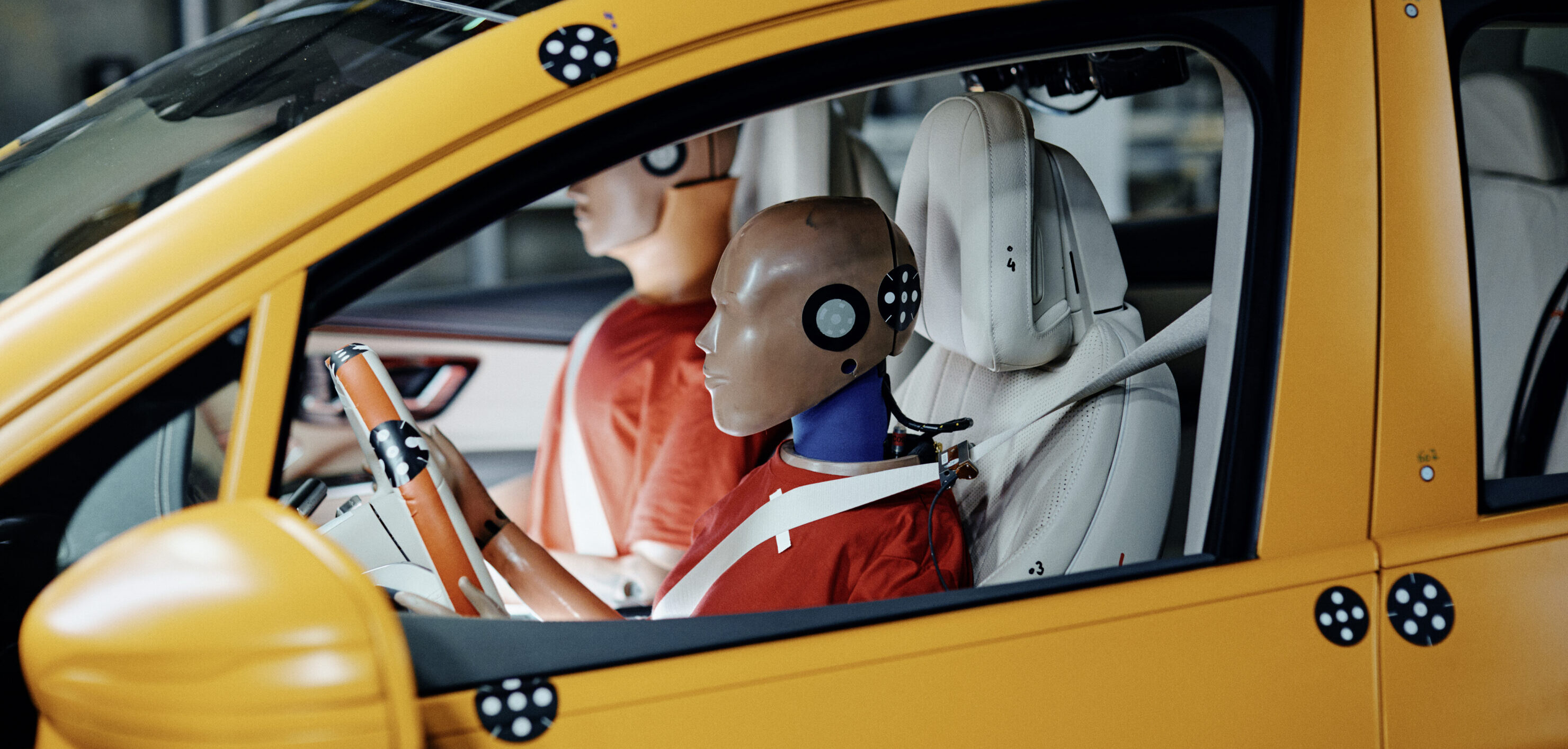The automotive manufacturer exceeded legal and ratings requirements with its recent crash test of two EVs
Two electric vehicles, an EQA and an EQS SUV, have been used to perform a first-of-its-kind public frontal impact test at Mercedes-Benz’s crash test facility in Germany.
The European New Car Assessment Program (Euro NCAP) stipulates a frontal impact test using a 1,400kg trolley with an aluminium honeycomb barrier replicating the front of another vehicle. In accordance with the specifications, the test vehicle and the trolley collide with an overlap and at a speed of 50km/h. The EQA and the EQS SUV are not only significantly heavier at around 2.2 metric tons and 3 metric tons, respectively, but in addition, the models collided at 56km/h, which meant that the overall crash energy was considerably higher than required by law.
According to Mercedes engineers, the vehicle deformation shows that the cars were able to effectively absorb the energy of the collision. As a result, the passenger safety cell of both electric models remained intact and the doors could still be opened. In an emergency, this would make it possible for occupants to exit the vehicle on their own or for first responders and rescue personnel to reach them.
The EQA and the EQS SUV each carried two adult dummies – a total of three females and one male. Analysis of the up to 150 measuring points per dummy indicated a low risk of serious to fatal injury. This means that the defined crumple zones and advanced restraint systems in both vehicles offer very good protection potential for the occupants in a crash of this severity.
All safety equipment, such as airbags and belt tensioners with belt force limiters, worked as intended. The crash test thus confirmed the results that the engineers had previously calculated in numerous computer simulations.
Also, the high-voltage system in the EQA and the EQS SUV switched off automatically during the collision.
Mercedes has developed a multi-stage high-voltage protection concept for its EVs. The system has eight key elements to ensure the safety of the battery and all components with a voltage above 60V. Examples include separate positive and negative wiring and a self-monitoring high-voltage system that automatically switches off in the event of a serious collision.
“Safety is part of Mercedes-Benz’s DNA and one of our core commitments to all road users. The recent crash test involving two fully electric vehicles demonstrates this. It proves that all our vehicles have an equally high level of safety, no matter what technology drives them.
“We don’t just want zero traffic fatalities by 2050 and a halving in the number of traffic fatalities and serious injuries by 2030 compared to 2020. Our goal by 2050 is zero accidents involving a Mercedes-Benz vehicle,” said Markus Schäfer, member of the board of management and CTO of Mercedes-Benz Group.



